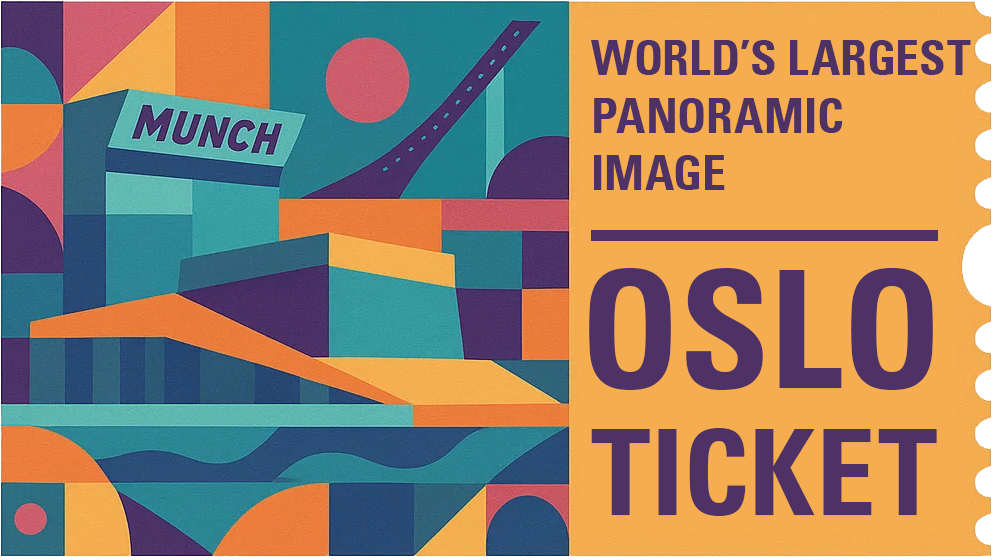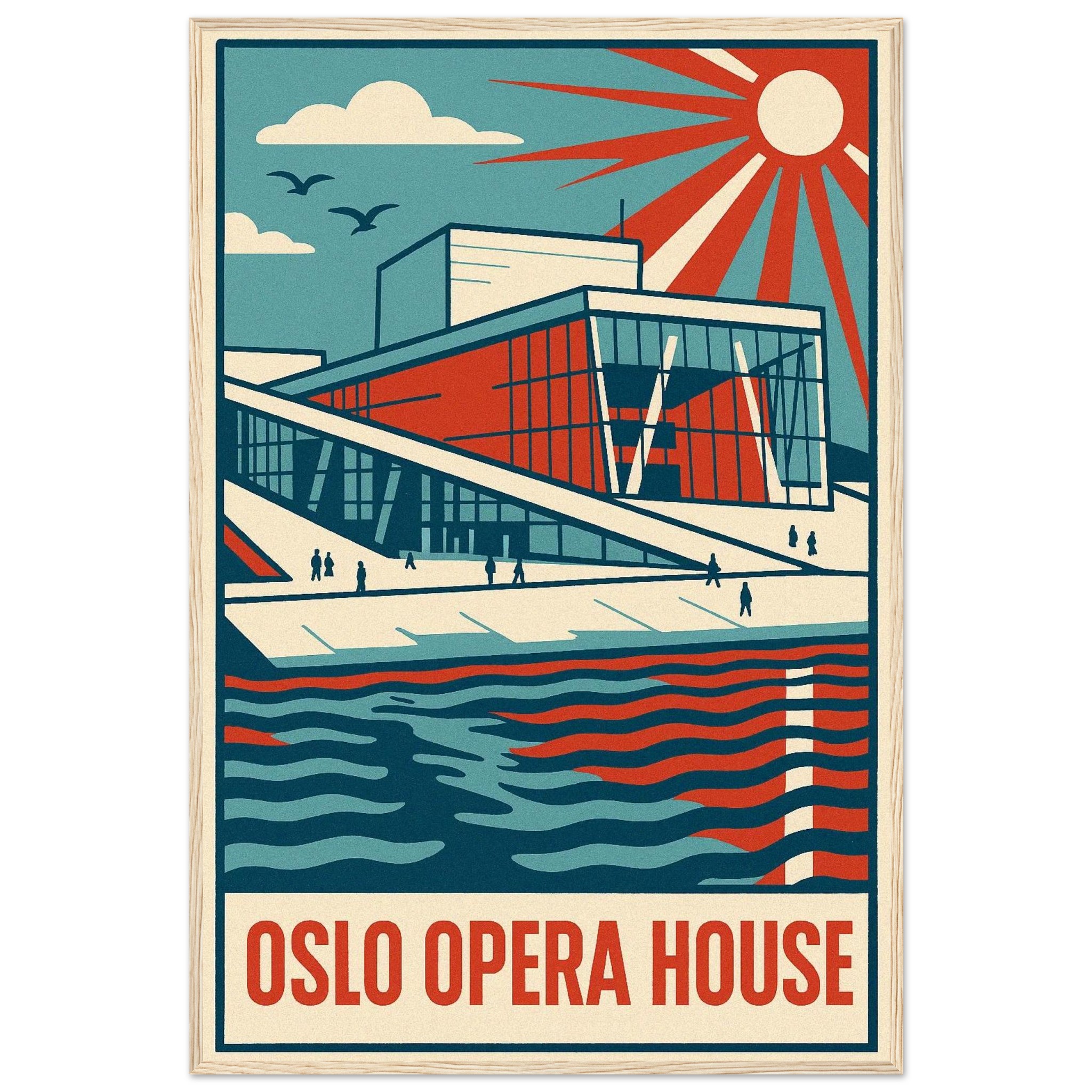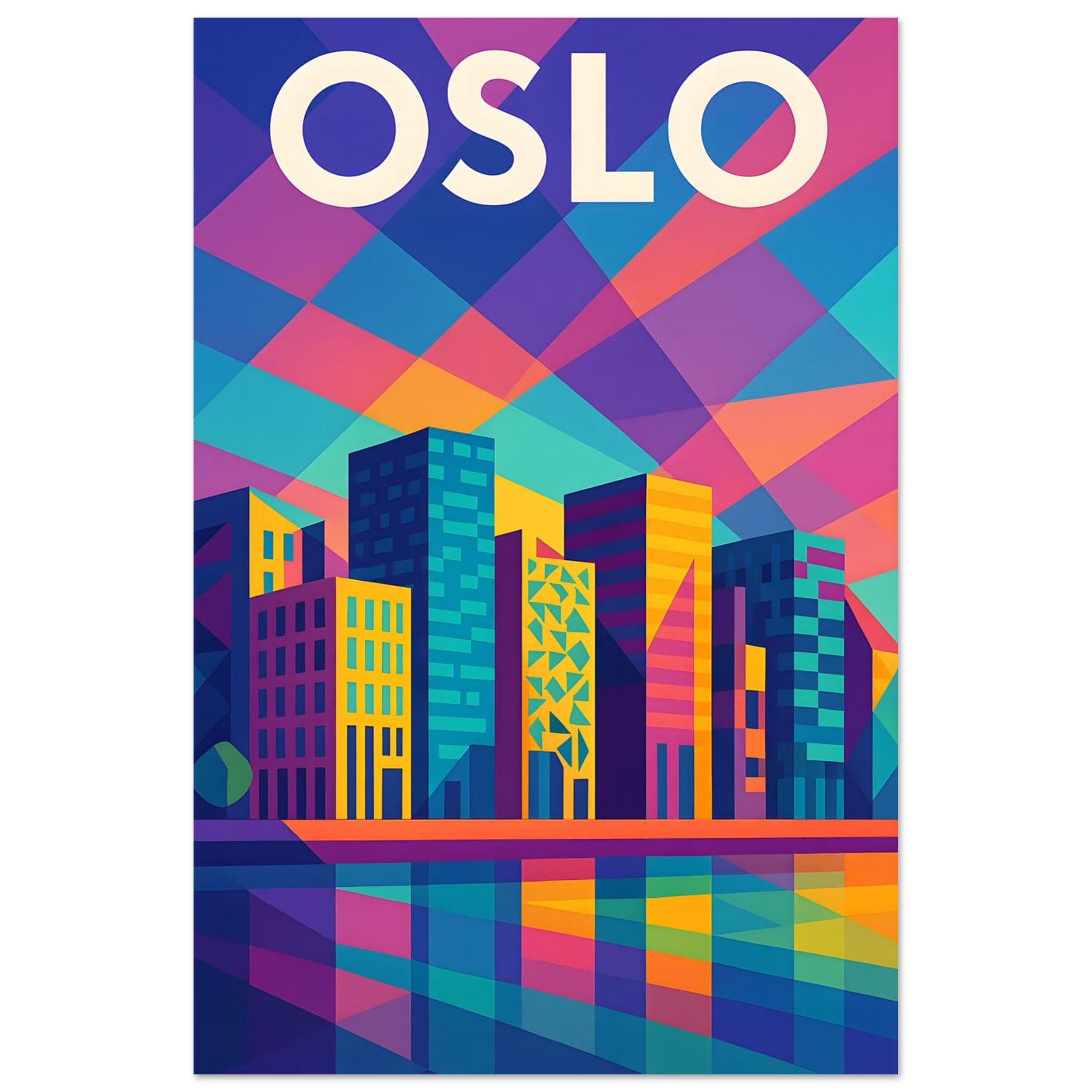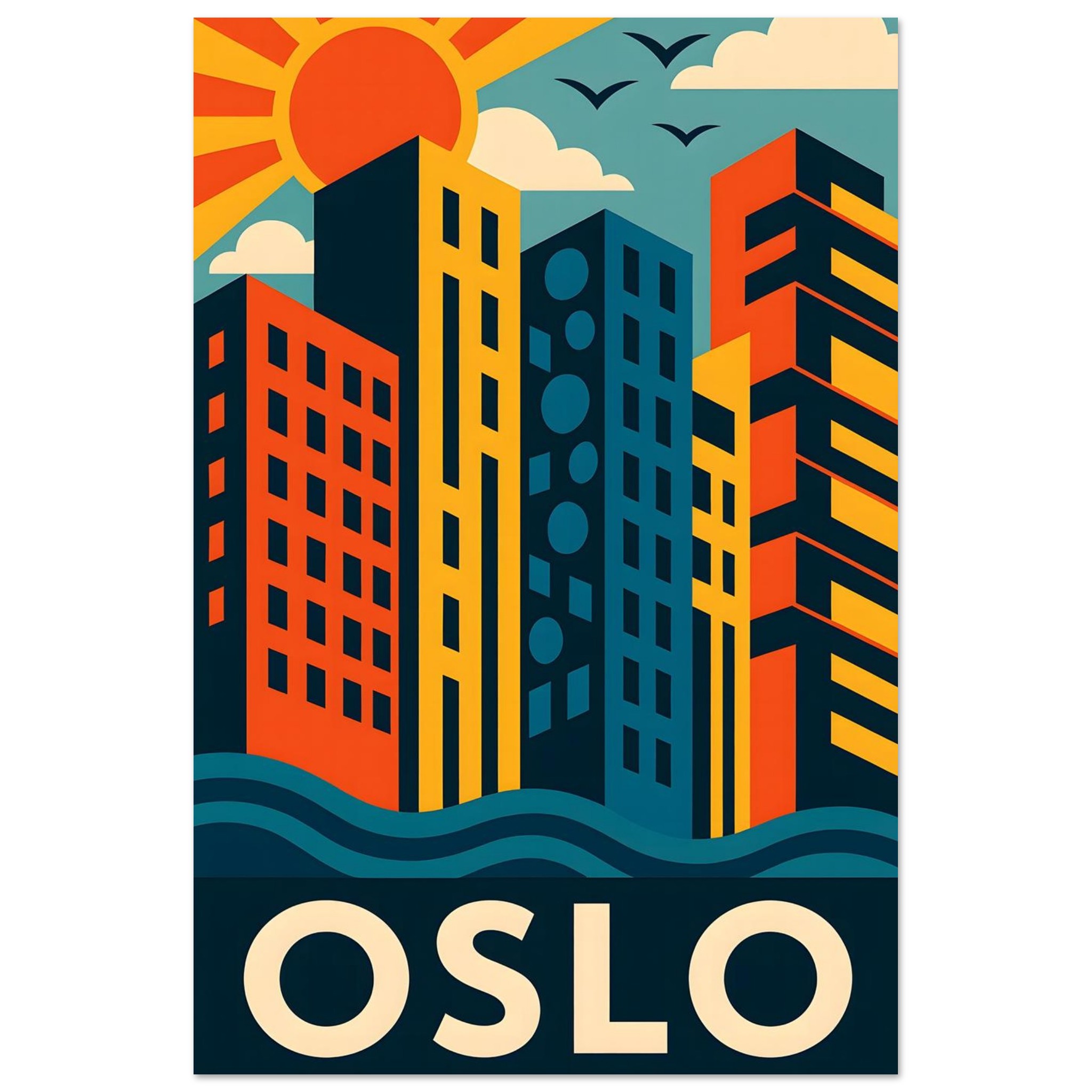FUN FACT: HOW LARGE IS THIS PICTURE?
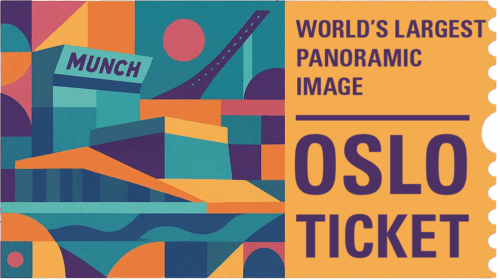
Access Pass: One day
US$ 2,00

Access Pass: One week
US$ 5,00

Access Pass: One month
US$ 9,00
Please visit us from time to time. We plan to add more products, and new venues are being added to the panorama on a daily basis. We hope to show you many interesting places in Oslo.
Souvenirs
Thank you for supporting us by buying our souvenirs inspired by Oslo. Please note that we ship worldwide at low rates.
Frequent Asked Questions
The image has a resolution of 2 297 216 × 891 702 pixels, which equals about 2 trillion pixels. The exact number is 2 048 432 101 632 pixels. That’s roughly 2 terapixels, or over 2 000 gigapixels – an extremely detailed image where you can zoom in very far.
Compared to PC-monitor:
If this image were displayed on a standard PC monitor, the screen would need to be about 650 by 250 meters (2130 × 820 feet) in size — large enough to cover 23 FIFA-sized soccer fields.
Compared to world’s largest camera module:
The world’s largest camera module, used in the Vera C. Rubin Observatory, is about the size of a small car, weighs 2 800 kg, and captures stunning 3 200 mega pixels per image. This panorama is 626 times larger.
Compared to Full HD display (1920×1080):
A typical Full HD screen has about 2 million pixels. 2 trillion / 2 million = 1 000 000 times more pixels. You would need 1 000 000 (1 million) Full HD screens to display the entire image at once.
Compared to 4K display (3840×2160):
A typical 4K screen has about 8 million pixels. 2 trillion / 8 million = 250 000 times more pixels. You would need 250 000 4K screens to display the entire image at once.
Compared to distances:
If each pixel were 1×1 cm and you placed them in a single line, the total length would be 20 484 321 kilometers.
That’s enough to:
- Circle the Earth more than 511 times, or
- Reach the Moon about 53 times.
Compated to time:
I you watched one and every pixel for 1 second, it would take you 2 048 432 101 632 seconds ≈ 65 000 years to watch the whole panorama. That’s longer than the entire span of human civilization.
You can pay for full resolution access and other perks which are being developed, by creditcard (Stripe) or VIPPS.
This project was funded by private capital. The money is used for covering some of the expenses and to ensure continued operations.
Capturing over 20 times the data of the current world record presented a significant challenge. It required an enormous amount of storage capacity, top-tier photographic equipment, an ultra-fast network infrastructure, powerful workstations, and vast amounts of high-speed temporary storage to handle the data processing efficiently.
This ambitious project represents a considerable financial investment, and we sincerely hope it captivates and inspires our audience. We deeply appreciate every contribution — thank you for your support!

